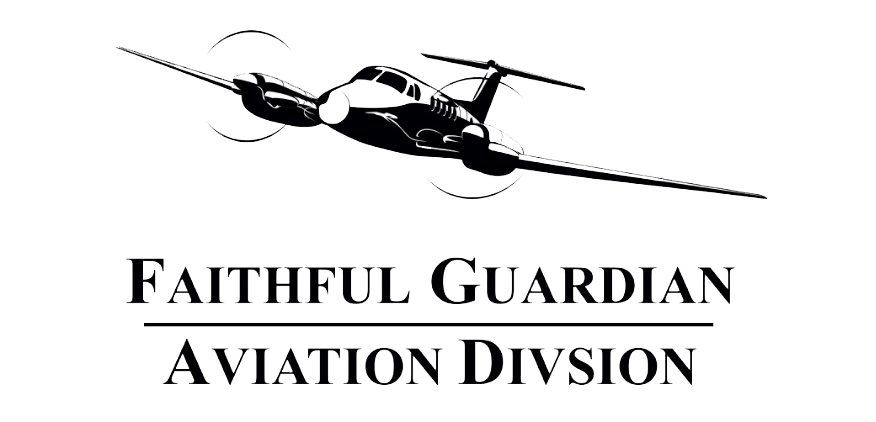Lesson 3.9 Class D Airspace
1. Class D airspace is an area of controlled airspace surrounding an airport with an operating control tower, not associated with Class B or Class C airspace areas.
a. Airspace at an airport with a part-time control tower is classified as Class D airspace only when the control tower is operating.
2. When the control tower ceases operation for the day, the airspace reverts to Class E, or a combination of Class E and G airspace.
i. When a part-time Class D surface area changes to Class G, the surface area becomes Class G airspace up to, but not including, the overlying Class E transition area at either 700 ft. AGL or 1,200 ft. AGL.
a. Refer to the sectional chart and Chart Supplement for information about a specific airspace while the control tower is not operating.
3. Class D airspace is depicted by a blue segmented (dashed) circle on a sectional chart.
4. When departing a non-tower satellite airport within Class D airspace, you must establish and maintain two-way radio communication with the primary airport’s control tower.
a. The primary airport is the airport for which the Class D airspace is designated.
b. A satellite airport is any other airport within the Class D airspace area.
5. Class D airspace is normally the airspace up to 2,500 ft. above the surface of the airport.
a. The actual lateral dimensions of Class D airspace are based on the instrument procedures for which the controlled airspace is established.
6. Two-way radio communication with the control tower is required for landings and takeoffs at all tower-controlled airports, regardless of weather conditions.
